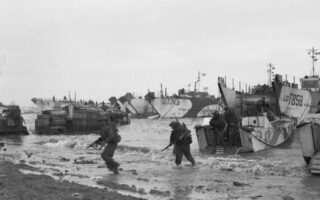Cherbourg’s Maritime History: A Guide to the City’s Naval Heritage
Nestled on the picturesque shores of the English Channel, Cherbourg-en-Cotentin beckons travellers with its rich maritime history and captivating naval heritage. From ancient seafaring roots to modern-day bustling ports, this French gem offers a fascinating journey through time for history enthusiasts and sea lovers alike.
Nestled within Cherbourg’s charming streets lies a treasure trove of Roman history waiting to be explored. The city’s origins date back to ancient times when it served as a strategic Roman naval base, its sheltered harbour and proximity to the British Isles made it a vital hub for trade and military expeditions.
Conquered by Quintus Titurius Sabinus in 56 BC, it was later attached to the Duchy of Normandy in 933 by William Longsword. Cherbourg faced numerous sieges and changes of ownership during various conflicts, including falling to Geoffrey of Anjou in 1142 and being part of Navarre from 1354 to 1378. The city played a pivotal role in the Hundred Years’ War and was fortified by Philip IV of France in 1300.
Getting there
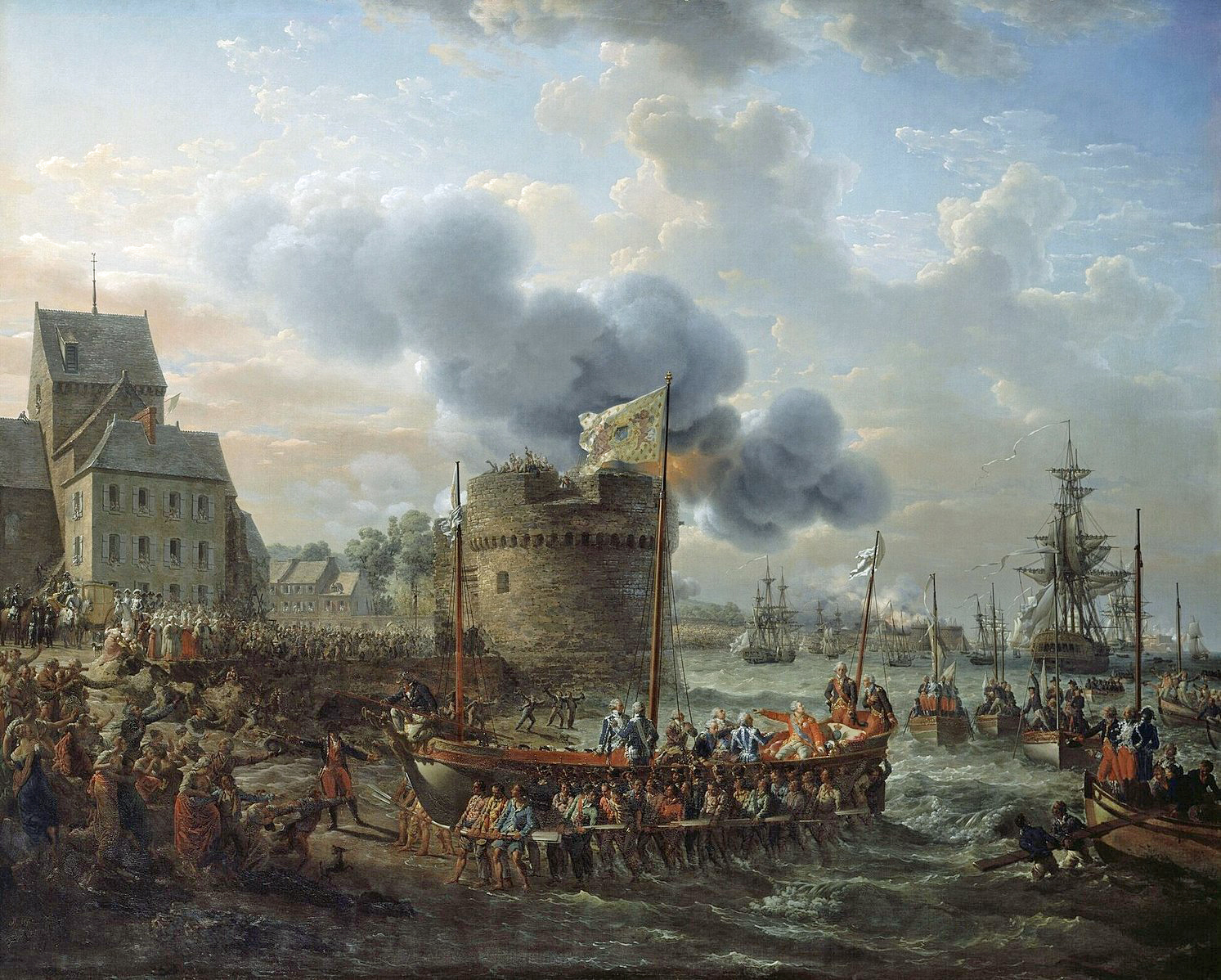
Louis XVI’s visit to Cherbourg in 1786 – Louis-Philippe Crépin, Public domain, via Wikimedia Commons
In the 17th to 19th centuries, Cherbourg’s strategic importance grew. Louis XIV initiated the construction of a new port facing England, leading to the development of Cherbourg as a significant military port. Despite setbacks such as English attacks and delays in construction, Cherbourg’s port became crucial for maritime activities, attracting shipping companies and becoming a hub for transatlantic travel.
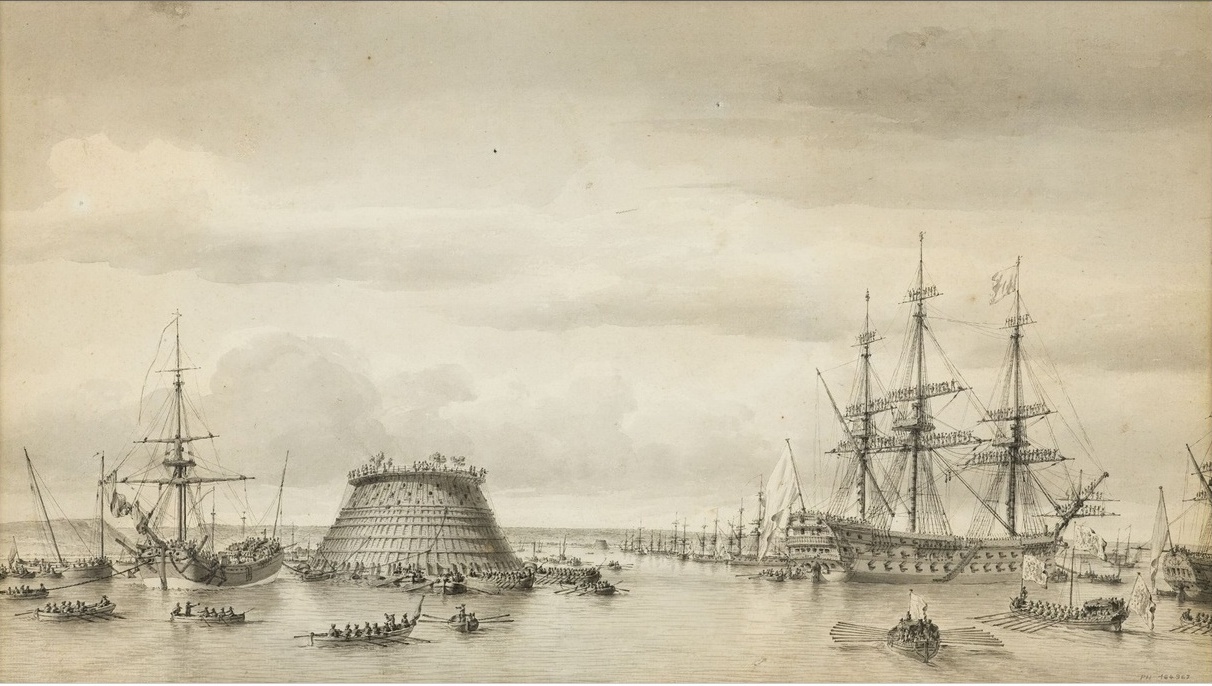
Louis XVI’s visit to Cherbourg in 1786 – Nicolas Ozanne, Public domain, via Wikimedia Commons
Sebastien Le Prestre de Vauban, the renowned military engineer and architect of his time, famously referred to Cherbourg as “the keys to the kingdom.” This epithet bestowed upon Cherbourg underscores the strategic importance of the city due to its prime location and formidable defences. Vauban recognised Cherbourg’s key role as a stronghold guarding access to the kingdom, highlighting its significance in securing France’s maritime interests and protecting its shores from potential threats.
The 19th century marked a period of significant growth for Cherbourg, fuelled by the rise of steamships and transatlantic travel. The city became a crucial port of call for international voyages, connecting Europe to the Americas and beyond. The Titanic made its first stop in Cherbourg on April 10, 1912, during its maiden voyage and during this stop 281 passengers boarded the ill-fated ship. La Cité de la Mer is housed in a stunning Art Deco transatlantic terminal building, and this major museum offers immersive experiences on underwater exploration, marine life, and an exhibition dedicated to the Titanic.
During World War II, Cherbourg was heavily fortified by the Germans due to its strategic location as a deep-water port. After being occupied by German forces, it became a key objective for American troops during the Battle of Normandy. Following intense fighting and resistance, Cherbourg was liberated by American forces in June 1944. The port, heavily damaged during the war, was rebuilt and became one of the busiest ports globally, playing a vital role in logistical support for the Allies.
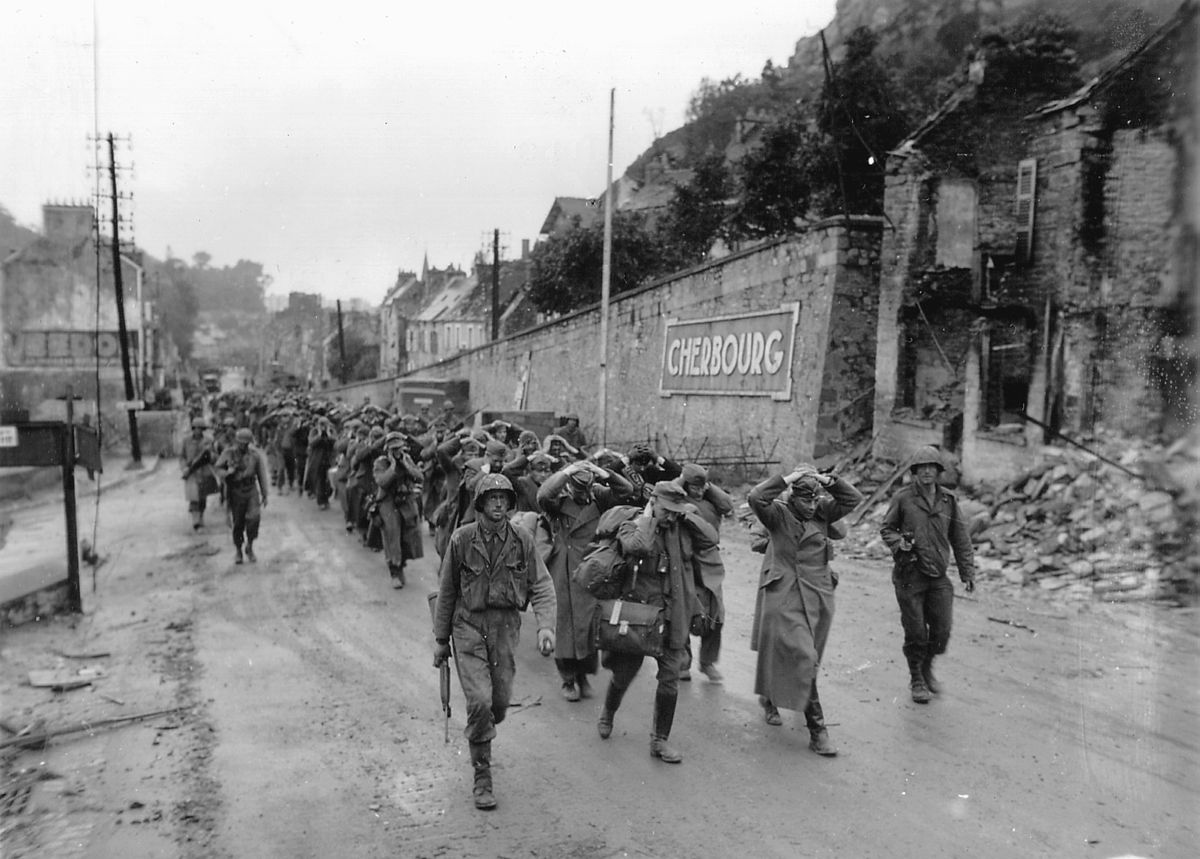
U.S. soldiers march German prisoners of war through Cherbourg on 28 June 1944 – Wikimedia Commons
Originally constructed under Napoleon III to safeguard the harbour, the Fort du Roule fortress now houses the Liberation Museum, and through poignant exhibits and artefacts, visitors can immerse themselves in the realities of World War II and the heroic liberation of Cherbourg.
In the post-war period, Cherbourg experienced rapid reconstruction and economic recovery and the port resumed operations quickly, contributing to the town’s flourishing economy. Cherbourg’s resilience and strategic significance have shaped its history as a key maritime location with a rich past marked by conquests, sieges, and transformations.
Cherbourg continues to thrive as a bustling port city, welcoming travellers from near and far. Brittany Ferries links Cherbourg to the UK and Ireland, offering convenient and scenic crossings across the Channel. Whether wandering through ancient ruins or immersing oneself in world-class museums, every corner of this enchanting city beckons visitors to uncover its fascinating history and artistic treasures. Cherbourg truly offers a captivating blend of antiquity and modernity for all who seek to unravel its mysteries.
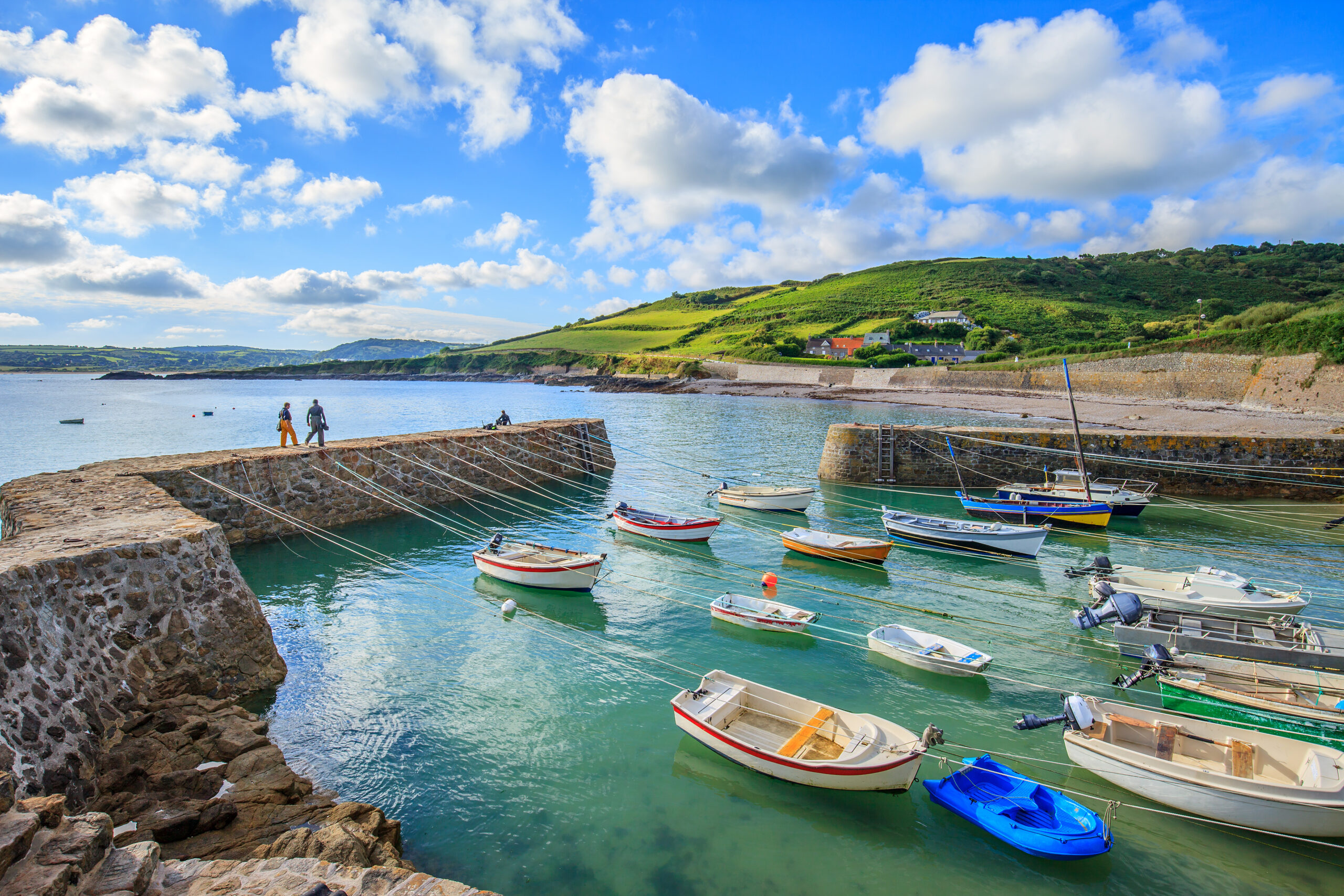
Port Racine is a picturesque harbour near Cherbourg and is one of the smallest ports in France – Shutterstock
Embark on a journey through Cherbourg’s maritime past by visiting its historic sites and museums. Discover the towering Fort du Roule overlooking the harbor, explore the fascinating Cité de la Mer marine museum, or stroll along the Quai de Caligny lined with charming cafes and shops. Don’t miss the chance to witness Brittany Ferries‘ vessels docking at Cherbourg’s port, linking France to the British Isles with style and comfort. Whether you’re setting sail for a coastal adventure or simply admiring these maritime giants from shore, the sight of these ferries adds an extra layer of charm to Cherbourg’s seafaring allure.
Immerse yourself in Cherbourg’s maritime history, where each cobblestone street and ancient rampart tells a tale of conquests, explorations, and trade. From Roman galleys to modern ferries, this city’s naval heritage is a testament to its enduring connection to the sea.
Lead photo credit : Shutterstock
Share to: Facebook Twitter LinkedIn Email
More in Ferries, Ferry ports, history, Maritime, Naval history, Normandy, Travel






